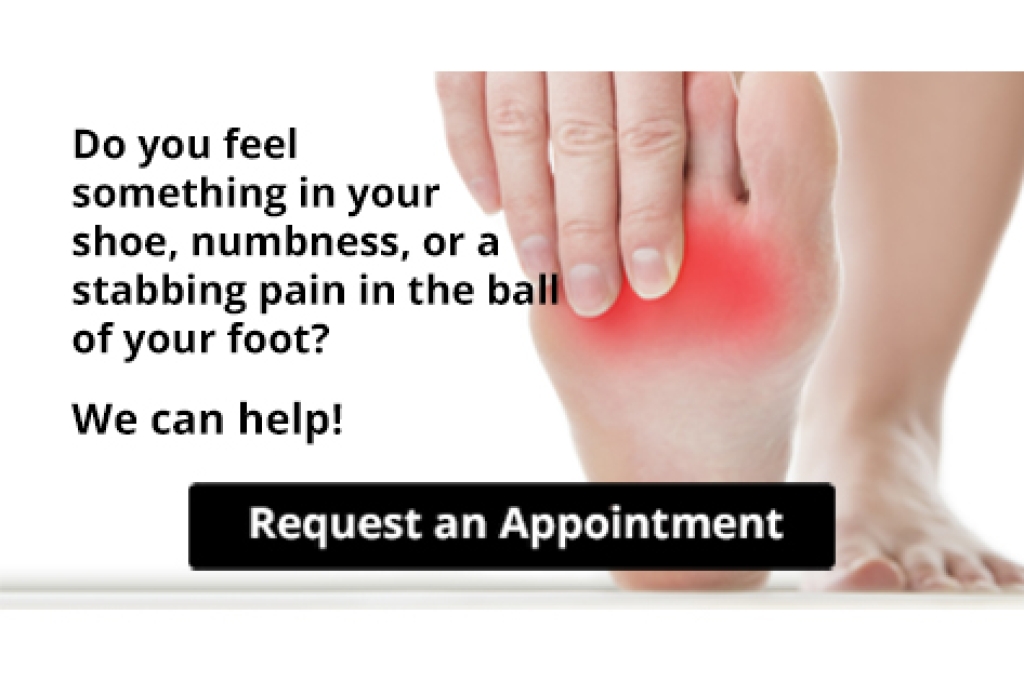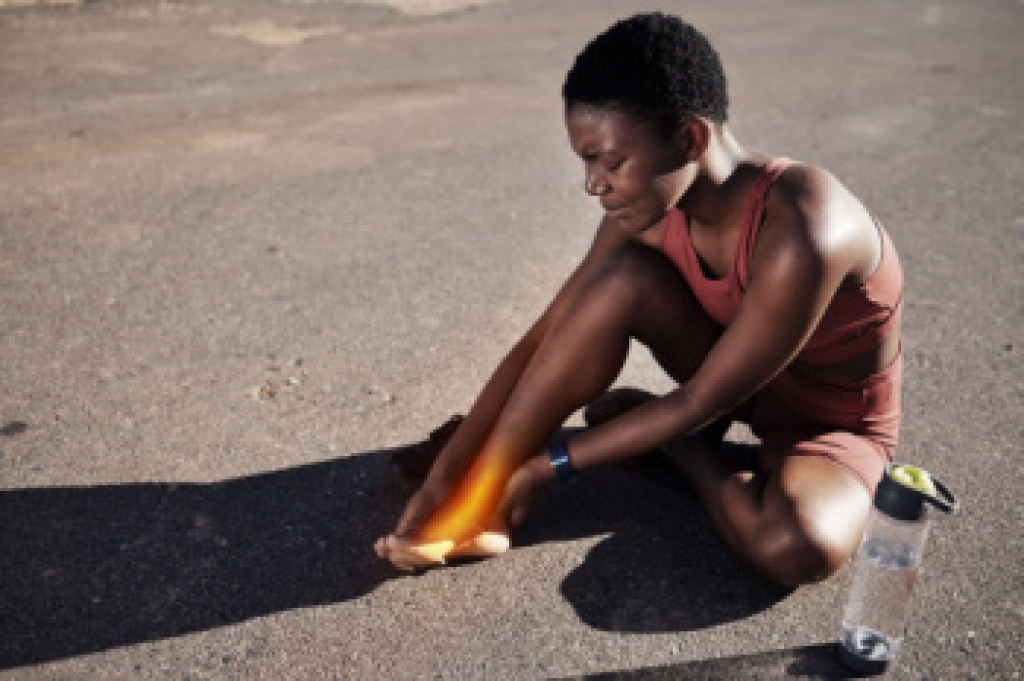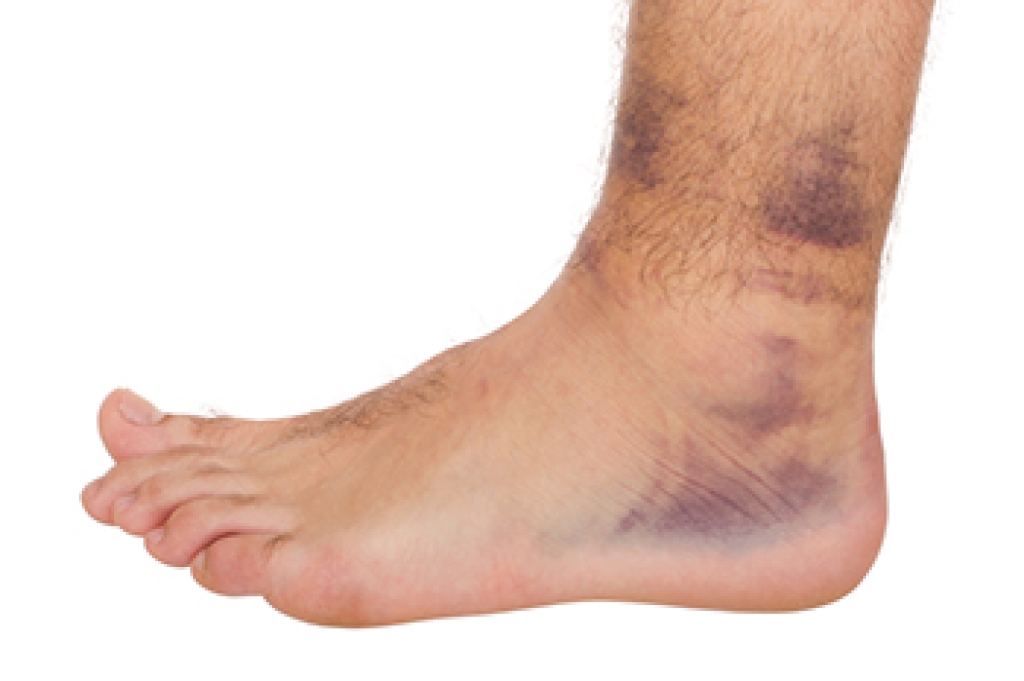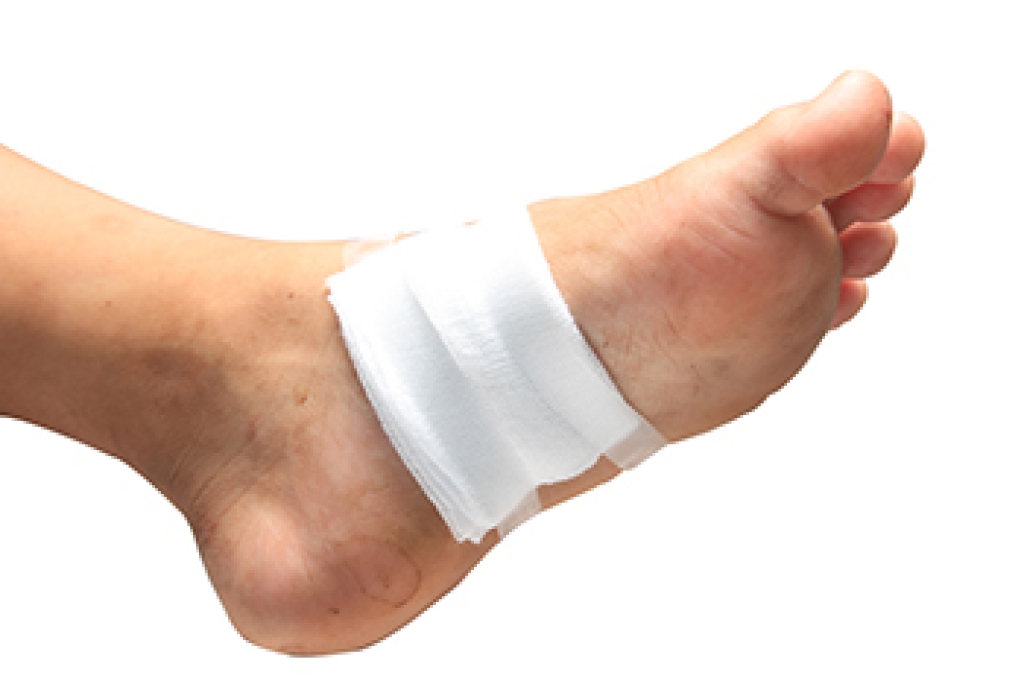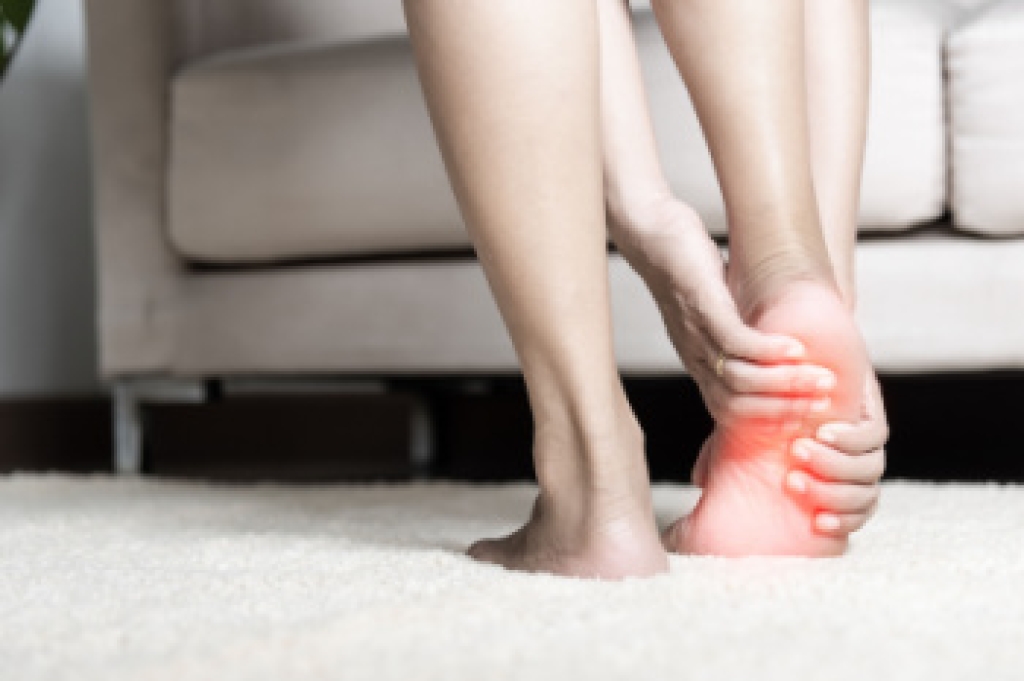
Heel pain is a common issue that can result from various conditions affecting the foot. One of the most frequent causes is plantar fasciitis, which occurs when the ligament running along the bottom of the foot becomes inflamed, causing sharp pain, especially in the morning. A heel spur, often associated with plantar fasciitis, is a bony growth that develops on the heel bone, leading to additional discomfort. Bursitis, the inflammation of the fluid-filled sacs near the heel, can also contribute to pain. Another condition known as pump bump results from the irritation of the heel caused by wearing tight shoes, particularly high heels. Additionally, Achilles tendonitis, the inflammation of the Achilles tendon, can cause pain at the back of the heel. If you have heel pain, it is suggested that you consult a podiatrist who can determine what the cause is, and offer appropriate treatment solutions.
Many people suffer from bouts of heel pain. For more information, contact Cary Golub, DPM of New York. Our doctor can provide the care you need to keep you pain-free and on your feet.
Causes of Heel Pain
Heel pain is often associated with plantar fasciitis. The plantar fascia is a band of tissues that extends along the bottom of the foot. A rip or tear in this ligament can cause inflammation of the tissue.
Achilles tendonitis is another cause of heel pain. Inflammation of the Achilles tendon will cause pain from fractures and muscle tearing. Lack of flexibility is also another symptom.
Heel spurs are another cause of pain. When the tissues of the plantar fascia undergo a great deal of stress, it can lead to ligament separation from the heel bone, causing heel spurs.
Why Might Heel Pain Occur?
- Wearing ill-fitting shoes
- Wearing non-supportive shoes
- Weight change
- Excessive running
Treatments
Heel pain should be treated as soon as possible for immediate results. Keeping your feet in a stress-free environment will help. If you suffer from Achilles tendonitis or plantar fasciitis, applying ice will reduce the swelling. Stretching before an exercise like running will help the muscles. Using all these tips will help make heel pain a condition of the past.
If you have any questions, please feel free to contact our offices located in Williston Park, and Long Beach, NY . We offer the newest diagnostic and treatment technologies for all your foot care needs.
